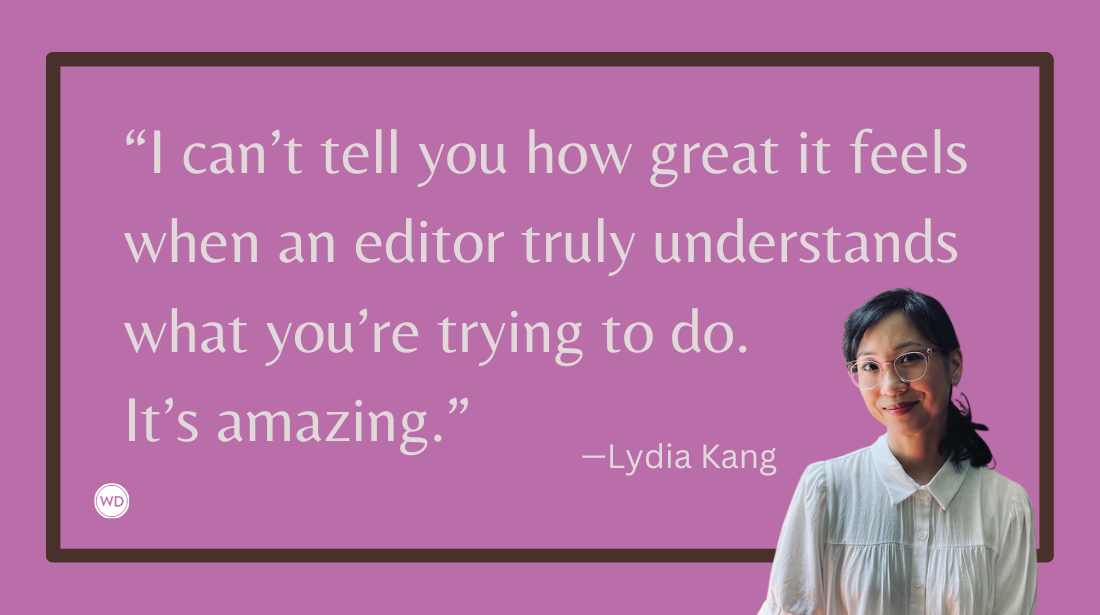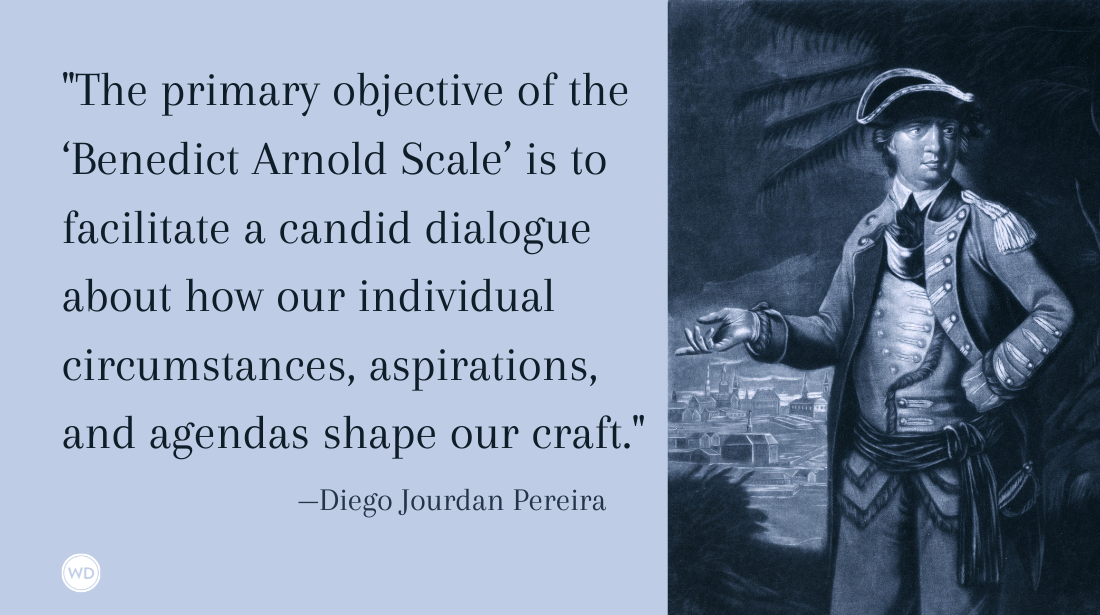Martha Hall Kelly: On Personal History Inspiring Historical Fiction
In this interview, author Martha Hall Kelly discusses how a reading recommendation planted the creative seed for her new book of historical fiction, The Martha’s Vineyard Beach and Book Club.
Martha Hall Kelly is the New York Times-bestselling author of Lilac Girls, Lost Roses, Sunflower Sisters, and The Golden Doves. She was born and raised in Massachusetts, received Journalism degrees from both Syracuse and Northwestern Universities and worked as an advertising copywriter for many years before becoming a novelist. With more than two million copies of her books sold and translated in fifty countries, Martha lives in Litchfield, CT, Hobe Sound, FL, and New York City. Learn more at MarthaHallKelly.com, and follow her on Instagram and Facebook.
In this interview, Martha discusses how a reading recommendation planted the creative seed for her new book of historical fiction, The Martha’s Vineyard Beach and Book Club, her experience with writer’s block for the first time in her career, and more.
Name: Martha Hall Kelly
Literary agent: Alexandra Machinist CAA
Book title: The Martha’s Vineyard Beach and Book Club
Publisher: Ballantine Books/Random House
Release date: May 27, 2025
Genre/category: Historical fiction
Previous titles: Lilac Girls, Lost Roses, Sunflower Sisters, The Golden Doves
Elevator pitch: After her mother dies, under the guise of taking a painting class, Mari Starwood comes to Martha’s Vineyard from California after finding a famous painter’s name and address written in her mother’s notebook. The woman brings her to her lovely waterfront farm and tells the story of Mari’s mother’s connection to the Smith sisters who once lived there and reveals the long-lost connection Mari has to them.
What prompted you to write this book?
My mother’s family settled on Martha’s Vineyard in 1891 and I was inspired by her stories of growing up there during WWII. She used to tell us about Nazi U-boats cruising the surrounding waters, rumors of German spies that came ashore, and how she and her friends dealt with the stress of wartime through reading. One day during a conversation about what I should write next, my son-in-law Chase and my daughter Mary suggested I write a WWII Martha’s Vineyard Book and that planted the seed.
How long did it take to go from idea to publication? And did the idea change during the process?
The process took about four years. Once I dug into the history of it, I found there was a lot of incredible hidden history I could work with, and I pitched it to my editor at Ballantine as a book about Martha’s Vineyard during WWII and she loved the idea. The book changed significantly during the process since it started as a story about a fictitious family and I ended up writing about my own family, the Smiths.
Were there any surprises or learning moments in the publishing process for this title?
Originally, I had pitched my next book to be a contemporary mystery set in my Connecticut hometown and signed a contract to write it but then once I wrote The Girl on Windy Hill, I felt like career-wise it was best to stick with historical fiction. So, I pitched my editor on the Martha’s Vineyard book, and they were excited for me to stay with my longtime genre. I’m lucky that Ballantine is so accepting of what I feel is best to write.I absolutely loved The Girl on Windy Hill, and it was so much fun writing it, so I may revisit that book someday. It taught me that I should stick to my genre for now at least.
Were there any surprises in the writing process for this book?
There was a major surprise in the writing process for this book—mid-book, I got stalled for the first time in my writing life with terrible writer’s block. It was horrible and none of my usual tricks—a change of writing space, deleting chapters I wasn’t excited about, taking time off from writing—got me out of it. Until my daughter Mary suggested I change the fictitious Look family in the book to my own family, the Smiths. Once I did that the heavens opened, I fell in love with the manuscript again, and I finished the book quickly. It’s funny how a small-ish shift can make all the difference in the writing process.
What do you hope readers will get out of your book?
Writing this book, my first WWII novel that takes place in the U.S., was a lovely hiatus from the political divide of today. After Pearl Harbor most people in this country were united by a common purpose, which created a lovely national bond, and I basked in that fictive dream during the process. I hope readers enjoy that simpler time in American history on an island that was on the front lines in so many ways. Life was difficult for Vineyarders but the stresses and deprivations of war on their doorstep made them appreciate their lives and forged deeply meaningful relationships.
If you could share one piece of advice with other writers, what would it be?
To make sure that the idea at the heart of your story is killer—fresh and unique—and that you are genuinely obsessed with it, since anything else will feel like a torturous slog while trying to complete the manuscript. And if you’re taken with the idea then chances are infinitely better that an agent and editor will be, too.









